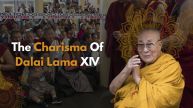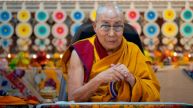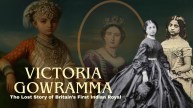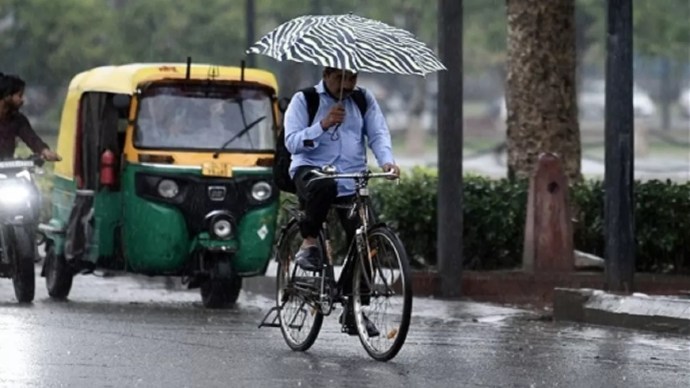The history of social media in india has undergone a huge transformation over the past two decades. Now it shows how we engage, communicate and consume content, even learn from it. What initially started as a timepass and enjoyment is now a very significant aspect of our lives. So let’s have a look on how it transformed in the recent last years.
Orkut and Friendster
The roots of social networking in India were planted with sites such as Friendster, but it was Orkut, launched by Google in 2004, which captured the imagination of Indian viewers. For the common man or woman, it was a first look at the phenomenon of online profiles, friend lists, and public recommendations.
Orkut was a virtual playground, users posted “scraps,” updated their front-page pictures often, and flocked en masse into groups according to schools, crushes, or fan clubs. It was crazy, undisciplined, and totally intimate. But privacy concerns and spam problems soon began haunting the site, inviting its rivals.
The Rise of Facebook
When Facebook was around, people thought that it was more classy, safe, and global. Indian users transitioned immediately, particularly the youth. Facebook was a place where school friends would meet, upload photos, and update status messages that encapsulate everything from heartbreak to vacations.
Meanwhile, smartphones were getting more affordable, and Facebook’s app presence only served to increase. It was also the initial years of brand and business utilization of social media for marketing.
Twitter and Real-Time Information
While Facebook controlled personal networks, Twitter (formerly X) was the space for news, trends, and public discourse. Indian celebrities, politicians, journalists, and common citizens started using the platform to post opinions and follow real-time events.
It turned the people into consumers and creators of breaking news. #IndiaWantsToKnow or #IPLFinal hashtag-driven national trending turned Twitter into a massive platform for activism as much as pop culture.
Instagram Aesthetics
With the coming of Instagram, it transformed the way Indians shared their lives. The platform was image centric and ideal to share food, fashion, travel, and lifestyle. It wasn’t long before “influencer culture” went crazy.
Teenagers began creating careers through creating content, and companies began to invest in them. Reels and Stories made it even more interesting, and aesthetics and filters began creating a new means of digital expression.
YouTube
YouTube revolutionized India with video. From comedy skits and tutorial videos to song covers and study material, the platform was being used as a springboard to online stardom. Bhuvan Bam, Prajakta Koli, and CarryMinati became stars in their own right on YouTube.
Regional content creators have also enjoyed unparalleled success over the last few years, closing the language and access gap nationwide.
ShareChat, Moj & Koo
With TikTok having been banned in 2020, India saw a surge of local apps such as Moj, Josh, and Roposo that managed short-video content in Indian languages. Sites such as ShareChat also established local communities, demonstrating that social media in India was no longer English-centric.
Apps such as Koo tried to emulate Twitter in Indian languages and were even being used by government bodies and officials at one stage.
The WhatsApp Effect
Though not seen as a social media app in itself, WhatsApp transformed the way Indians communicated totally. It overtook SMS, was a news source (and of course, a stage for misinformation), and a use for politics, local business promotion, and even customer service.
AI, Influencers, and Digital Identities
As of 2024, India has over 800 million internet users, many of whom are active on at least one social media platform. We’ve moved from scraps and statuses to reels and DMs. Artificial intelligence, digital avatars, and metaverse platforms are beginning to shape the future.
Today’s Indian user is not only consuming content—but creating, sharing, and even earning from it. From activism to algorithms, social media has been a reflection of our evolving society.
Conclusion
India’s transition from Orkut to Instagram isn’t one of platform change—it’s one of people change. From being a medium to remain connected, it has turned into an influencer that dictates perceptions, determines elections, forges careers, and speaks out for millions. And with day-by-day advancements in technology, the transition is still in its nascent stage.











